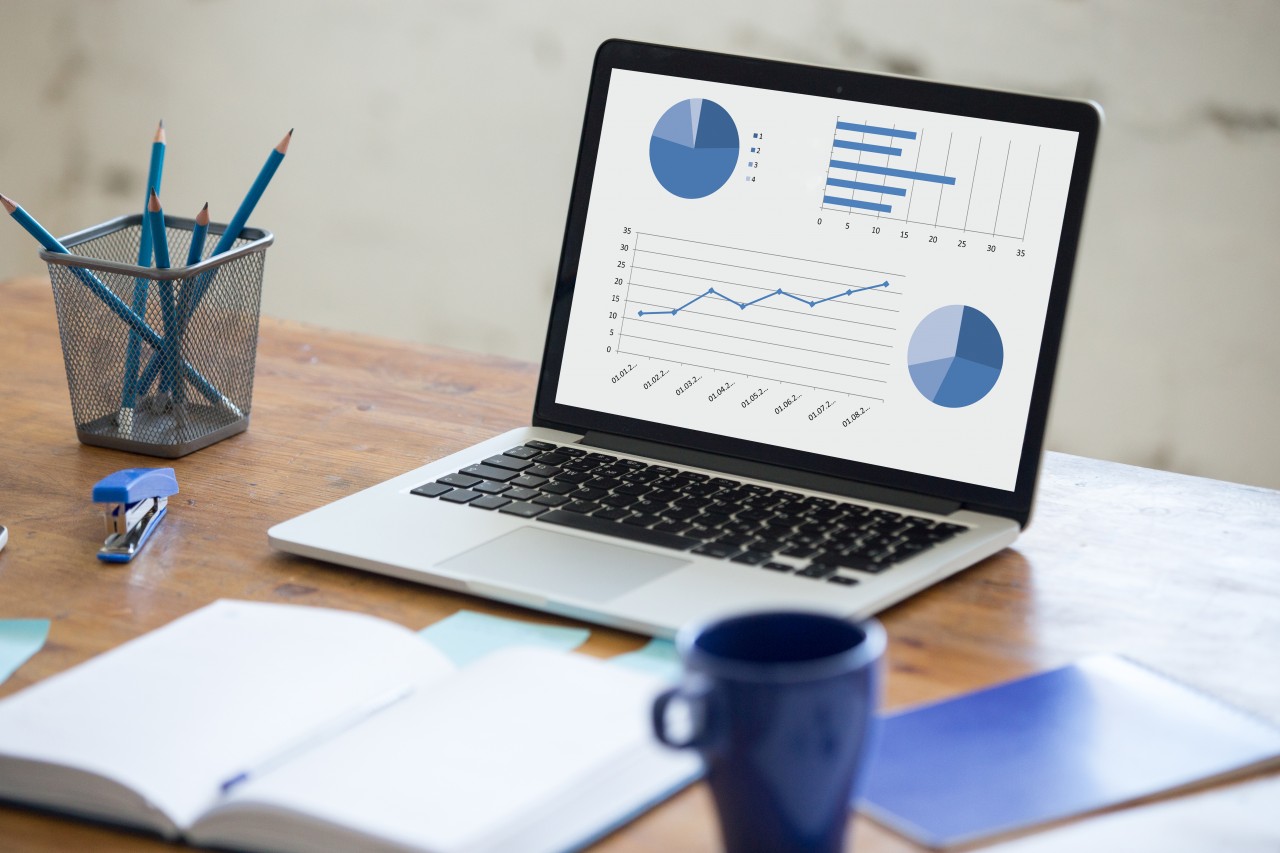If you’re running a business, there are many aspects of bookkeeping and accounting that you’ll learn over time. One term you might encounter is ‘trade creditor’. But what does it mean, and how will trade creditors impact your business? This article will answer those questions by diving into the following areas:
- What is a trade creditor?
- How do trade creditors impact a business?
- How do trade creditors work in practice?
What is a Trade Creditor?
Simply put, trade creditors are the money your business owes to other companies. Trade creditors are also commonly known as accounts payable or sometimes just creditors. According to Xero, trade creditors can be thought of as bills that your business hasn't paid yet, such as invoices for raw materials or services.
Some creditors you might come across could be an invoice to your suppliers that you haven’t paid yet. Or it could be any lenders you owe, including your regular bills that haven’t been paid, car agencies for leasing work vehicles, or companies you have contracted for work such as electrical maintenance or ad hoc repairs. Generally, your trade creditor bills are things that do not accrue interest, unlike a bank loan.
How Do Trade Creditors Impact a Business?
Your trade creditors are liabilities for your business. Therefore, you must manage these debts effectively and responsibly as they could impact your credit file if your debts are not paid efficiently. Paying your creditors regularly and on time is not only respectful to your suppliers but can also help you create lasting business relationships. Consistently paying on time helps maintain trust in your company’s ability to repay debts, which could lead to more benefits from your working relationships with your creditors once you have built this trust.
As mentioned, trade creditors are more commonly known as accounts payable when doing accounting tasks. So be careful that you do not confuse accounts payable with accounts receivable when doing your bookkeeping. To clarify, accounts receivable is money you are owed, and accounts payable/trade creditors are money your business owes.
How Do Trade Creditors Work in Practice?
It might help to think about your trade creditors as lines on a list, where your unpaid invoices or debts are recorded until you pay them.
Step 1: Purchasing Products or Services
Let’s say you are running a retail store. On February 1st, you order a shipment of new inventory from a supplier.
Step 2: Getting the Invoice
The supplier delivers the inventory on February 3rd and sends you an invoice for the total cost. The invoice could be paper or digital. Many businesses use accounting software to manage and reconcile invoices once paid.
Typically, the legal requirement for paying invoices is within 30 days of receiving the service/product. So in this example, you have 30 days from February 3rd to pay the invoice.
Step 3: Recording Trade Creditors
If you choose, you could pay the invoice immediately, but large orders may strain your cash flow. In your bookkeeping records for February, you should include an entry in your trade creditors list for the total cost of the invoice, dated from February 1st until you pay it. You can use a simple spreadsheet to track your trade creditor entries and when you have paid them.
You may need the total value of all your trade creditors for specific reports or financial documents. To do this, add up the total of the trade creditors you owe. Record this value within your liabilities as trade creditors or accounts payable.
You may then have to use these figures in your business balance sheet and cash flow statements. Using reports and statements regularly will help you monitor the business’s financial health, and you will need to know your trade creditors' total to fully understand your owed debts.
Step 4: Making Payment and Updating the Accounts
Once you have sufficient cash flow, you can pay the invoice. After you pay, move the cost of the invoice out of your trade creditors total and your liabilities balance, as it is no longer owed, and the money will have left your business current account. Then, update your records to reflect that the invoice has been paid, but keep the invoice details in case you need them for tax purposes later in the year.
Having detailed records of all paid and unpaid invoices is very important to running your own business smoothly. Accurate records help you understand your financial obligations and plan for future expenses.
Managing Trade Creditors with Trade Credit Insurance (TCI)
Trade Credit Insurance (TCI) from Allianz Trade can help your business manage credit risk effectively. TCI protects your business against the risk of non-payment by your buyers, ensuring a stable cash flow. With TCI, you can provide banks with additional assurance of your financial stability, making it easier to secure loans and manage trade creditors.
Conclusion
Understanding and managing trade creditors is crucial for the financial health of your business. By keeping accurate records and paying debts on time, you can build strong relationships with your suppliers and maintain a solid credit history. Consider using tools and services like trade credit insurance to help manage your business finances more effectively.
Trade Credit Insurance (TCI) from Allianz Trade can significantly enhance your chances of securing a loan by protecting your receivables and ensuring a stable cash flow. This additional financial stability makes banks more willing to extend credit to your business.



-(1).jpeg)